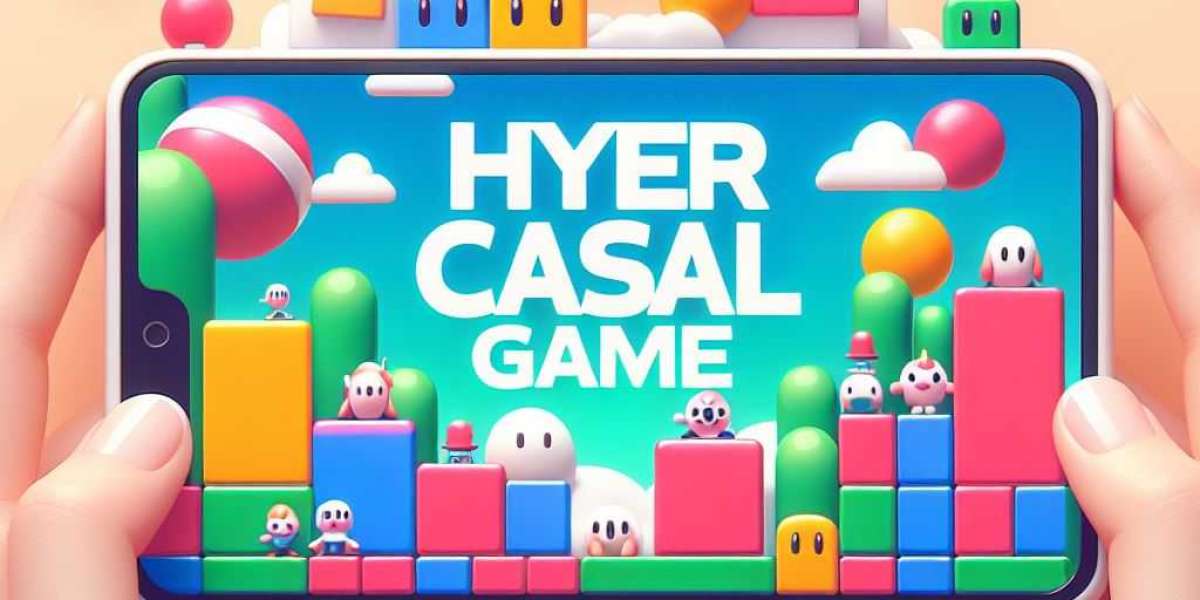Hyper casual games have taken the mobile gaming industry by storm. These games are simple, lightweight, and easy to play, making them relevant to the masses. They have attracted both gamers from other genres and users who were not exposed to games at all. The rise of hyper casual games has changed the perception of many mobile gaming developers, opening up new methods to acquire users and drive incremental revenue. In this blog, we will explore the impact of hyper casual games on game design.
Understanding Hyper Casual Games Design
Hyper casual game design to be easy to play, with simple mechanics and controls. They are built on bare core mechanics, and there are no visuals, meta, or level design. These games are relevant for the masses, as users could quickly start and stop a session at any time, no strings attached, and no money spent. The characteristics of hyper casual games include:
- Simple gameplay mechanics
- Minimalistic design
- Short play sessions
- Easy to learn, hard to master
- High replayability
To generate hyper casual game ideas, developers need to tap into themes with universal appeal, figure out how to tweak successful game mechanics, and consider how they can get everyone involved in the fun. The fundamentals of hyper casual games design include:
- Game mechanics
- Game design
- User interface design
- User experience design
Hyper Casual Game Mechanics
The importance of game mechanics in hyper casual games cannot be overstated. The mighty MMM concept in hyper-casual game design is essential. MMM stands for:
- Mass appeal
- Memorable
- Measurable
Developers need to make hyper casual games more interesting and pleasurable by incorporating these three elements into their game mechanics. The mechanics should be easy to learn but hard to master, with high replayability. The game should be designed to keep the player engaged and motivated to keep playing.
Hyper Casual Game Monetization
Hyper casual games monetize through ads. The rise of hyper casual and ad monetization as a massive money generator has led to three interesting trends in the gaming ecosystem:
- The future of gaming categorization
- The impact of hyper casual games on mobile gaming
- The potential for monetization in hybrid-casual games
Exploring hyper casual game monetization is essential for developers who want to make money from their games. Companies who will broadly challenge the standard app store categorization first will put themselves in a better position to become market leaders.
The Evolution of Hyper Casual Games
The shift from hyper casual to hybrid-casual games has blurred the line that defines each category, making the current app store categorization increasingly inaccurate. Hybrid-casual games are a combination of hyper casual and casual games. They have more complex gameplay mechanics, longer play sessions, and more in-depth game design. The impact of hybrid-casual games on game design is significant, as they offer a new way to acquire users and drive incremental revenue.
Designing and Building Game UI/UX for a Hyper-Casual Mobile Game
The importance of UX design in hyper casual games cannot be overstated. The UX flow in hyper casual games should be designed to keep the player engaged and motivated to keep playing. The difference between static and real-time applications in games is essential to consider when designing and building game UI/UX for a hyper-casual mobile game.
Conclusion
The impact of hyper casual games on game design is significant. These games have changed the perception of many mobile gaming developers, opening up new methods to acquire users and drive incremental revenue. The future of hyper casual games is bright, and developers who want to make money from their games need to explore hyper casual game monetization. The shift from hyper casual to hybrid-casual games has blurred the line that defines each category, making the current app store categorization increasingly inaccurate. The importance of UX design in hyper casual games cannot be overstated, and the UX flow in hyper casual games should be designed to keep the player engaged and motivated to keep playing.








